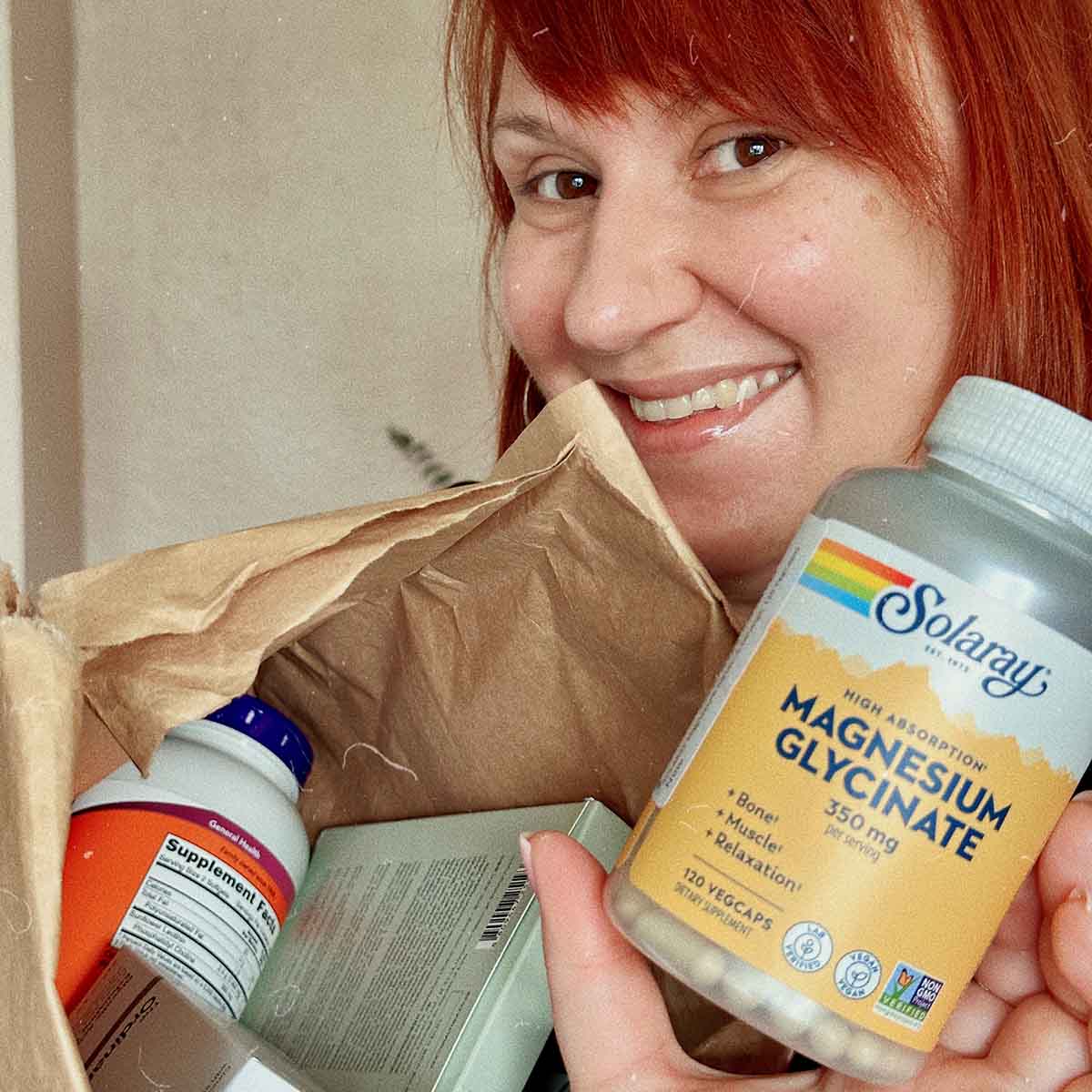Key Factors of a Successful Online Store (2026 Edition)
Key Points
- Start with Real Customer Research Before You Build Anything. Understand what your audience actually needs. Validate your idea through interviews, reviews, and community insights before investing in product or design.
- Prioritize Product Quality Over Sales Hype. Focus on building something that truly works—clean UX, thoughtful features, and no shortcuts. A solid product builds trust, loyalty, and long-term growth.
- Create a Fast, User-Friendly Platform That Converts. Your online store should be fast, clear, and intuitive. Customers leave laggy or confusing websites. Great design isn’t flashy—it’s functional and easy to use.
Starting an online store in 2025 is easier than ever—but standing out? That’s a whole different game.
The tools are there. Shopify, Squarespace, AI website builders—you can launch in a weekend.
But here’s the truth: most online stores don’t convert. Why? Because people build before they understand.
They chase traffic before solving real problems. They throw money into ads before testing what actually works.
We’re seeing a new wave of founders—creators, tech workers, and solopreneurs—launching niche stores, subscription boxes, digital products, even AI-powered services. But the brands that win today are not the loudest.
They’re the ones that listen.
They do customer research. They understand why people buy.
They don’t just sell a product—they sell a feeling, a result, a better version of the customer.
And the biggest shift this year? It’s not just in how people buy—it’s in how they search.
SEO Is Changing—So Should Your Store
Google is shifting. With AI summaries and Search Generative Experience (SGE) rolling out, old-school SEO is fading fast.
You can’t just rank by stuffing keywords and calling it a day.
In 2025, what matters is:
-
Clear, helpful content that answers real questions.
-
Product pages that talk like people do.
-
Reviews, FAQs, videos—anything that makes your store useful, not just scrollable.
The brands that will show up in search are the ones that sound human, solve real needs, and build trust.
Just look at what brands like Glossier are doing. Their product pages feel like a friend is talking to you.
That’s the level of connection Google (and customers) reward now.
You Don’t Need a Big Store—You Need a Smart One
Forget having 100 products. Start with one really good one. Validate it. Talk to customers. Fix what’s not working. Then grow.
Oura Ring didn’t launch a store with dozens of products—they launched one wearable that solved a clear problem (better sleep tracking), made it beautiful, and positioned it as both tech and lifestyle.
And now? It’s everywhere—from fitness creators to Forbes.
If you’re not doing deep customer research, you’re guessing. Use tools like Google Trends, AnswerThePublic, or even TikTok comments.
Pay attention to what people complain about—especially as the online payments system is evolving, and customer expectations around convenience and trust are shifting fast. That’s where your idea should start.
Focus Back on the Product
One of the biggest shifts we’re seeing in 2025? Smart brands are going back to the basics: product quality first.
For years, many companies got caught up in ad budgets, social media hacks, and influencer deals—thinking that if they could just “get the word out,” customers would stay.
No amount of marketing can save a product that doesn’t deliver.
✅Let’s take a real-world example: Boeing. One of the most powerful and respected companies in the world—until they started cutting corners.
They shifted focus away from engineering and product innovation, pushing sales targets instead.
To hit numbers, they outsourced software development and hired lower-cost contractors to replace experienced engineers. The result?
Bugs, safety concerns, global flight groundings, and a massive loss of public trust.
Their reputation is still recovering.
That’s the danger of ignoring product integrity.
Now contrast that with a company like Apple.
They don’t just sell a phone—they sell a feeling.
From the box you open to the way the screen responds to your touch, it’s intentional.
And it keeps people coming back—not because of ads, but because of how the product fits into their life.
And this lesson matters just as much for small online stores.
If you’re launching a Shopify store or selling a digital product—don’t rush.
Don’t skip the testing phase. Don’t hire the cheapest help just to get it done.
Focus on your product first. Is it useful? Does it work flawlessly? Can people trust it?
Ask real users. Collect real feedback. Improve constantly.
A great product builds its own marketing engine—through reviews, word-of-mouth, and repeat customers.
So yes, growth matters. But quality sustains.
Make sure what you’re selling is something you’d be proud to stand behind—even if no one shared it for you.
Website Design: Create a Platform That Works (and Feels Right)

To create a platform that truly works, you don’t need something flashy—you need something functional.
In 2026, people expect online stores to feel like second nature. No clutter. No confusion. Just clean, clear design and fast performance. The bar is high because the competition is just one click away.
Yes, software developers still get paid big bucks for a reason: a great user experience is what makes or breaks your store.
But the goal isn’t to build something fancy—it’s to create a platform that makes buying feel effortless.
Here’s what that actually means today:
-
Speed > Everything. If your site takes more than 2–3 seconds to load, most people are gone. On mobile, it’s even less.
Brands like Everlane and Vuori invest heavily in fast-loading, minimal sites—and it pays off in conversions. -
Don’t make me think. The moment a user has to “figure it out,” you’ve already lost them.
Clear navigation, visible checkout buttons, and easy filtering = more sales. Take notes from Glossier—it’s stylish, but also dead simple to shop. -
Less is more. Don’t bury your products under pop-ups, flashing banners, or endless steps.
One-click checkout? Yes, please.
Your customer came for the product, not a digital maze. -
Consistency matters. Every page should look like it belongs to your brand. Fonts, colors, and tone should feel intentional—not thrown together.
People don’t have patience for laggy product pages or ten-step checkouts. They’ll bounce fast.
And in a world where Google’s algorithm now factors in Core Web Vitals (yep, site speed and user experience affect your SEO), this isn’t just about design—it’s about visibility.
So whether you’re hiring a developer or building it yourself, remember: you’re not just building a website—you’re creating a platform for people to interact with your brand.
Make it fast.
Make it clear.
Make it feel good to use.
Because when the experience is smooth, the sale becomes easy.
Successful Online Store: Market Research
One of the most important aspects of a successful online store is market research—this is where you’ll get the finer details of what your products should be like, how customers prefer an online shopping experience, and how in demand your product is.
Market research will enable you to pinpoint your target market and the prices that people are willing to pay for your product.
In regards to prices, comprehensive market research also entails further investigation into competitors and their products and their costs.
One of the most crucial elements of a successful store is having competitive prices; that way, you’ll always be the first place people go to when looking for the product or service you offer.
Delivery

Because you have an online shop where people can’t physically go to receive their purchases, you’ll need an efficient, reliable, and consistent delivery system.
Try making your days until delivery of the purchased product as short as possible – people who buy products typically don’t like waiting a month for it, and odds are if they bought something, they’re going to need it as soon as possible.
An efficient way of ensuring consistent deliveries is by partnering with a reputable courier company; it’s what they do for a living, meaning that the odds of them slipping up is much slimmer than someone who doesn’t specialize in it.
Also, customers like to be kept in the loop, so offering a tracking number and a site where they can track their parcel’s progress will ensure your customers are always aware of what’s going on and minimize queries from them regarding the delivery process.
Data Analysis
Data analysis is a bit different compared to market research.
Market research aims to analyze the market and the outside world, whereas data analysis’s purpose is looking a bit more inward into your business’ data and the statistics thereof.
Analyzing data captured from your online store is crucial and can give you an obvious idea of your business’s direction.
The data collected from data analysis will show you how many sales you made, how much traffic your online store received, how many people subscribed to your website, and much more.
It may sound tricky at first, but luckily, technology is always there to help when you need it.
There exist platforms called data warehouses, https://improvado.io/integrations/snowflake as an example, which are systems you can use to store and analyze all your online stores’ data and integrate advertising data into the database.
By using a tool like this, you’ll have a much better idea of what needs work in your online stores, as well as where there is room for improvement.
Successful Online Store: Marketing Campaign

The make or break of any business, whether physical or online, is its marketing campaign.
Marketing is where people will get to know your business, what you offer, and how they can get a hold of you.
There are numerous ways you can boost your online store’s exposure: boosting ads on Facebook, using SEO tools to rank better on Google, and advertising on frequently used platforms like Youtube and Instagram are to name a few.
This is also an area of your business that you shouldn’t save any expenses on – any amount of money you spend on a quality marketing campaign will not be a drop in the ocean of the exposure and, ultimately, the customers you’ll receive executed properly.
Whenever you decide to join the E-commerce industry and open an online store, be sure not to take too long.
While there may be a considerable gap in the market now, tomorrow might hold an entirely different deck of cards.
The most important thing to remember is that if you have a quality product and do what needs to be done and follow the above guidelines, your online store is bound to be a massive success.





















